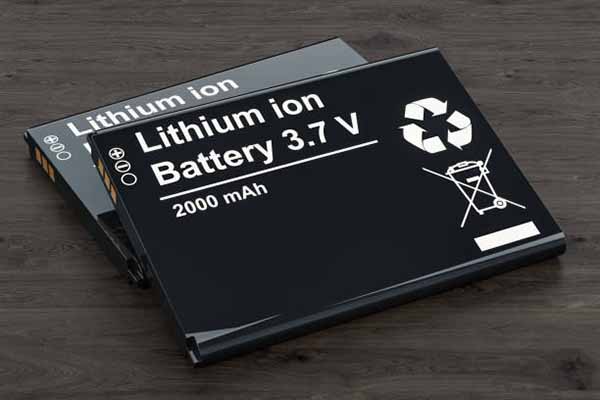Li-ion cell consists of an anode and a cathode, coated onto current collectors, separated by an electrolyte-soaked separator. Packaged in pouch, prismatic or cylindrical formats, they form the basis of Li-ion battery packs. Their comparatively high performance, low cost and wide availability make Li-ion batteries pre-eminent energy storage technology for many applications, from electronics devices to electric vehicles (EVs), to large stationary energy storage systems. As such for most applications, Li-ion batteries, in one form or another, are unlikely to be superseded within the next 10 years. Nevertheless, developments and innovations continue to be made in Li-ion materials, manufacturing, cell design, and pack design and investment into the Li-ion industry continues at a rapid pace.

Li-ion market to grow to over US$430 billion by 2033, driven by demand for electric vehicles. Electric vehicles remain the key driver behind the Li-ion market and electric cars will be the largest market for Li-ion batteries over the next 10 years. Despite the ongoing effects of coronavirus, chip shortages and other supply chain issues, electric car unit sales reached 6.4 million 2021, driven by strong emissions targets and regulations.
LFP has been re-gaining market share in EVs since 2021 due its recapture of market share in China in particular. High-nickel layered oxide (NMC/NCA/NCMA) materials will continue to be important, and major cathode manufacturers are looking to move toward 90+% NMC and NCA in a bid to further reduce cobalt content and increase capacity, if only marginally. Difficulties remain in ensuring safety and longevity of these materials. While reducing cobalt content can help reduce material costs and limit exposure to potentially problematically sourced cobalt, a push to limit reliance on cobalt and nickel will increase reliance on China, with the vast majority of LFP production controlled by Chinese companies and fewer plans for LFP production outside the country. This would be contrary to the aims and objectives of governments and players in Europe and North America. In 2021, Chinese companies were responsible for at least 50% of sales of Li-ion cells, cathode and anode materials, electrolytes, separators and copper current collector.

Similar to the situation with cathodes, there are questions over which anodes will be used over the coming decade. For example, silicon has received considerable interest as a replacement for graphite due to its potential for enabling high energy densities and fast charging, but it is still mostly limited to use as an additive to graphite. Despite the growing interest, large potential for, and 30+ start-ups developing silicon anodes, commercial silicon anode material production is dominated by a small number of companies in Asia. Graphite, both synthetic and natural/artificial, is forecast to remain the dominant anode material over the coming decade. The report analyses the trends in use and shares of different Li-ion chemistries. Cost breakdowns and analysis is also provided for different cell chemistries as well as analysis on the impact of recent price material volatility on battery cell price.
Given the rapid increase in forecast demand for Li-ion batteries, there has been significant growth in the number of gigafactories being planned and announced over the past 2-3 years. Much of this has been driven by incumbent manufacturers such as CATL, LG Energy Solution, SK Innovation and Samsung SDI but start-ups and early-stage companies are also looking to enter the market, especially in Europe and North America where there is a drive to develop domestic capability. IDTechEx analysis shows that current plans and announcements for new cell production capacity will reach 3 TWh by 2030. While this would not meet forecast demand, the relatively short time-period needed to build new cell production factories allows time for the additional investment and expansion in cell production capacity needed to meet forecast demand from EVs.


















